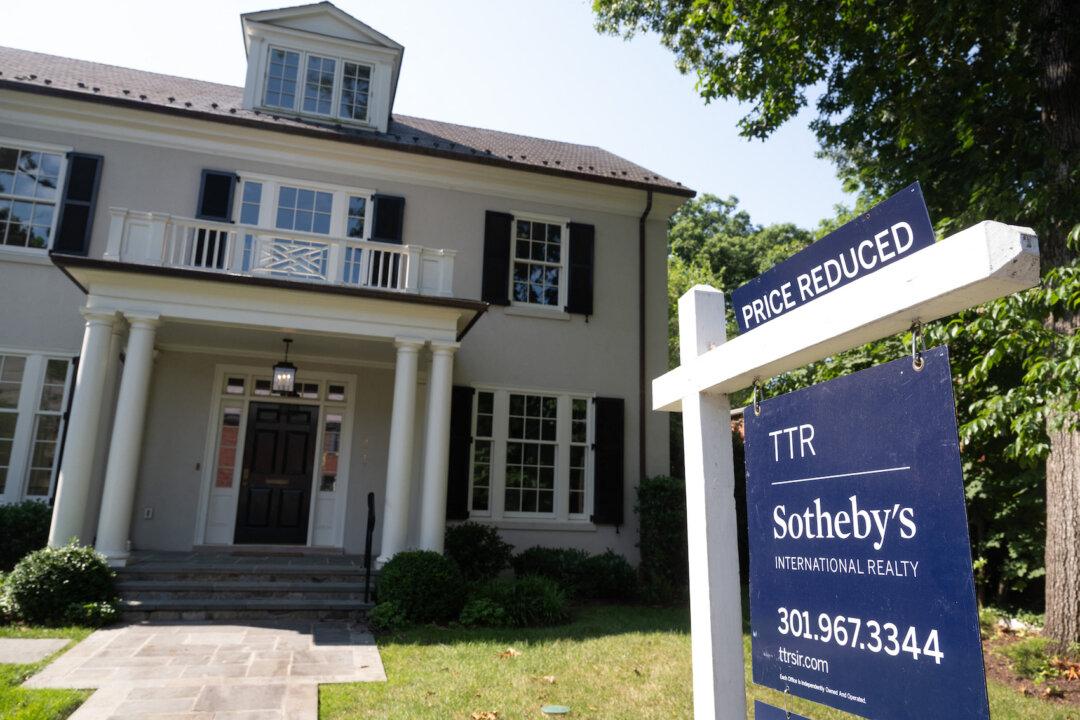As home prices and mortgage rates have risen further amid the current high-inflation landscape, home affordability in America has sunk to a new low.
A recent report from real estate data provider ATTOM indicates that home ownership has become unaffordable to average wage earners in over 75 percent of U.S. counties for which data was available.





